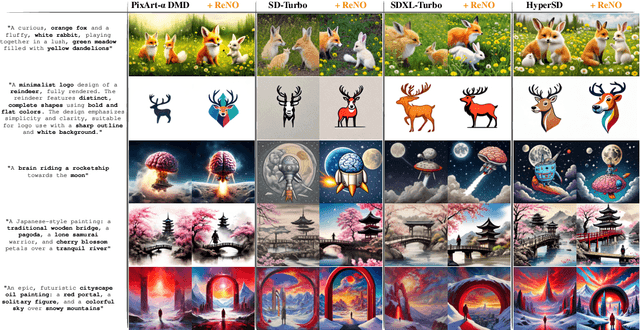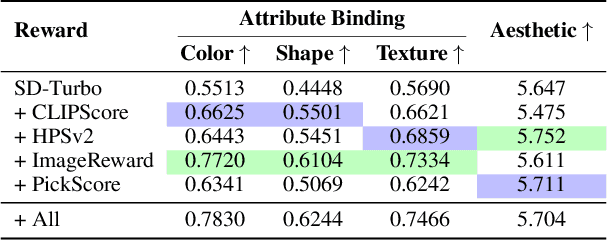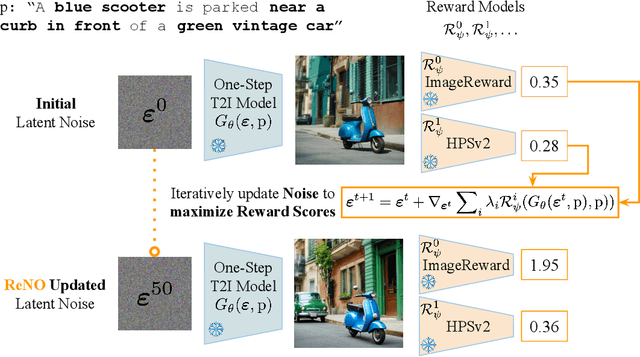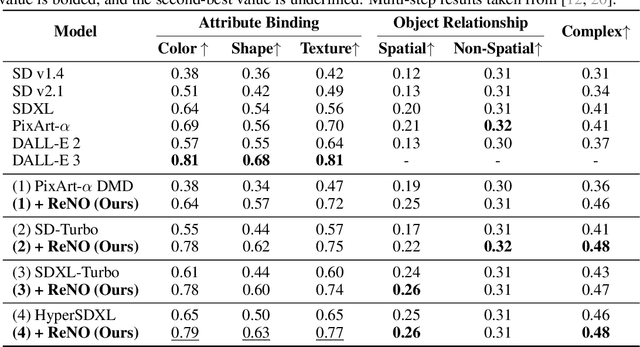Luca Eyring
Disentangled Representation Learning through Geometry Preservation with the Gromov-Monge Gap
Jul 10, 2024



Abstract:Learning disentangled representations in an unsupervised manner is a fundamental challenge in machine learning. Solving it may unlock other problems, such as generalization, interpretability, or fairness. While remarkably difficult to solve in general, recent works have shown that disentanglement is provably achievable under additional assumptions that can leverage geometrical constraints, such as local isometry. To use these insights, we propose a novel perspective on disentangled representation learning built on quadratic optimal transport. Specifically, we formulate the problem in the Gromov-Monge setting, which seeks isometric mappings between distributions supported on different spaces. We propose the Gromov-Monge-Gap (GMG), a regularizer that quantifies the geometry-preservation of an arbitrary push-forward map between two distributions supported on different spaces. We demonstrate the effectiveness of GMG regularization for disentanglement on four standard benchmarks. Moreover, we show that geometry preservation can even encourage unsupervised disentanglement without the standard reconstruction objective - making the underlying model decoder-free, and promising a more practically viable and scalable perspective on unsupervised disentanglement.
ReNO: Enhancing One-step Text-to-Image Models through Reward-based Noise Optimization
Jun 06, 2024



Abstract:Text-to-Image (T2I) models have made significant advancements in recent years, but they still struggle to accurately capture intricate details specified in complex compositional prompts. While fine-tuning T2I models with reward objectives has shown promise, it suffers from "reward hacking" and may not generalize well to unseen prompt distributions. In this work, we propose Reward-based Noise Optimization (ReNO), a novel approach that enhances T2I models at inference by optimizing the initial noise based on the signal from one or multiple human preference reward models. Remarkably, solving this optimization problem with gradient ascent for 50 iterations yields impressive results on four different one-step models across two competitive benchmarks, T2I-CompBench and GenEval. Within a computational budget of 20-50 seconds, ReNO-enhanced one-step models consistently surpass the performance of all current open-source Text-to-Image models. Extensive user studies demonstrate that our model is preferred nearly twice as often compared to the popular SDXL model and is on par with the proprietary Stable Diffusion 3 with 8B parameters. Moreover, given the same computational resources, a ReNO-optimized one-step model outperforms widely-used open-source models such as SDXL and PixArt-$\alpha$, highlighting the efficiency and effectiveness of ReNO in enhancing T2I model performance at inference time. Code is available at https://github.com/ExplainableML/ReNO.
Unbalancedness in Neural Monge Maps Improves Unpaired Domain Translation
Nov 25, 2023Abstract:In optimal transport (OT), a Monge map is known as a mapping that transports a source distribution to a target distribution in the most cost-efficient way. Recently, multiple neural estimators for Monge maps have been developed and applied in diverse unpaired domain translation tasks, e.g. in single-cell biology and computer vision. However, the classic OT framework enforces mass conservation, which makes it prone to outliers and limits its applicability in real-world scenarios. The latter can be particularly harmful in OT domain translation tasks, where the relative position of a sample within a distribution is explicitly taken into account. While unbalanced OT tackles this challenge in the discrete setting, its integration into neural Monge map estimators has received limited attention. We propose a theoretically grounded method to incorporate unbalancedness into any Monge map estimator. We improve existing estimators to model cell trajectories over time and to predict cellular responses to perturbations. Moreover, our approach seamlessly integrates with the OT flow matching (OT-FM) framework. While we show that OT-FM performs competitively in image translation, we further improve performance by incorporating unbalancedness (UOT-FM), which better preserves relevant features. We hence establish UOT-FM as a principled method for unpaired image translation.
 Add to Chrome
Add to Chrome Add to Firefox
Add to Firefox Add to Edge
Add to Edge